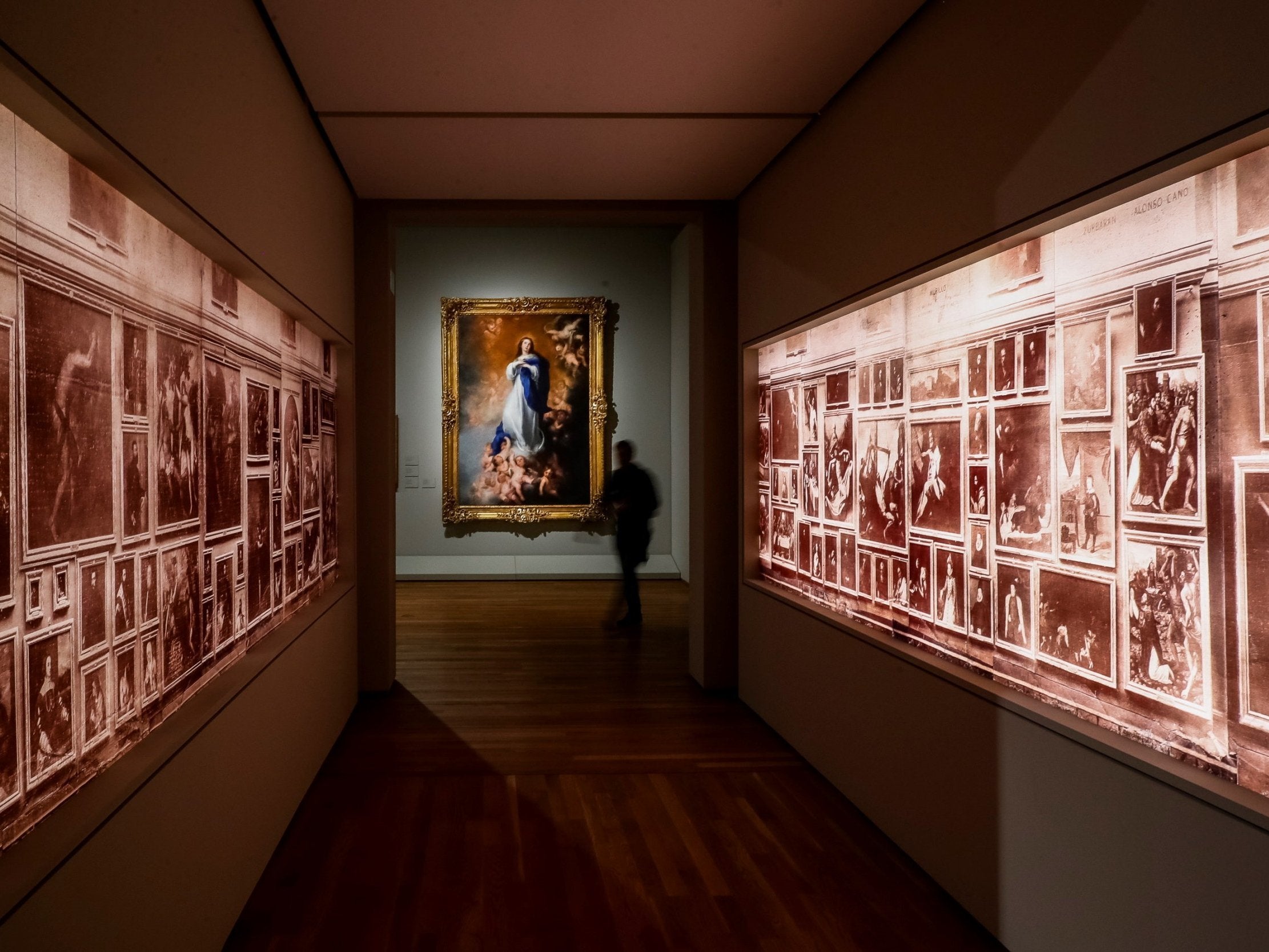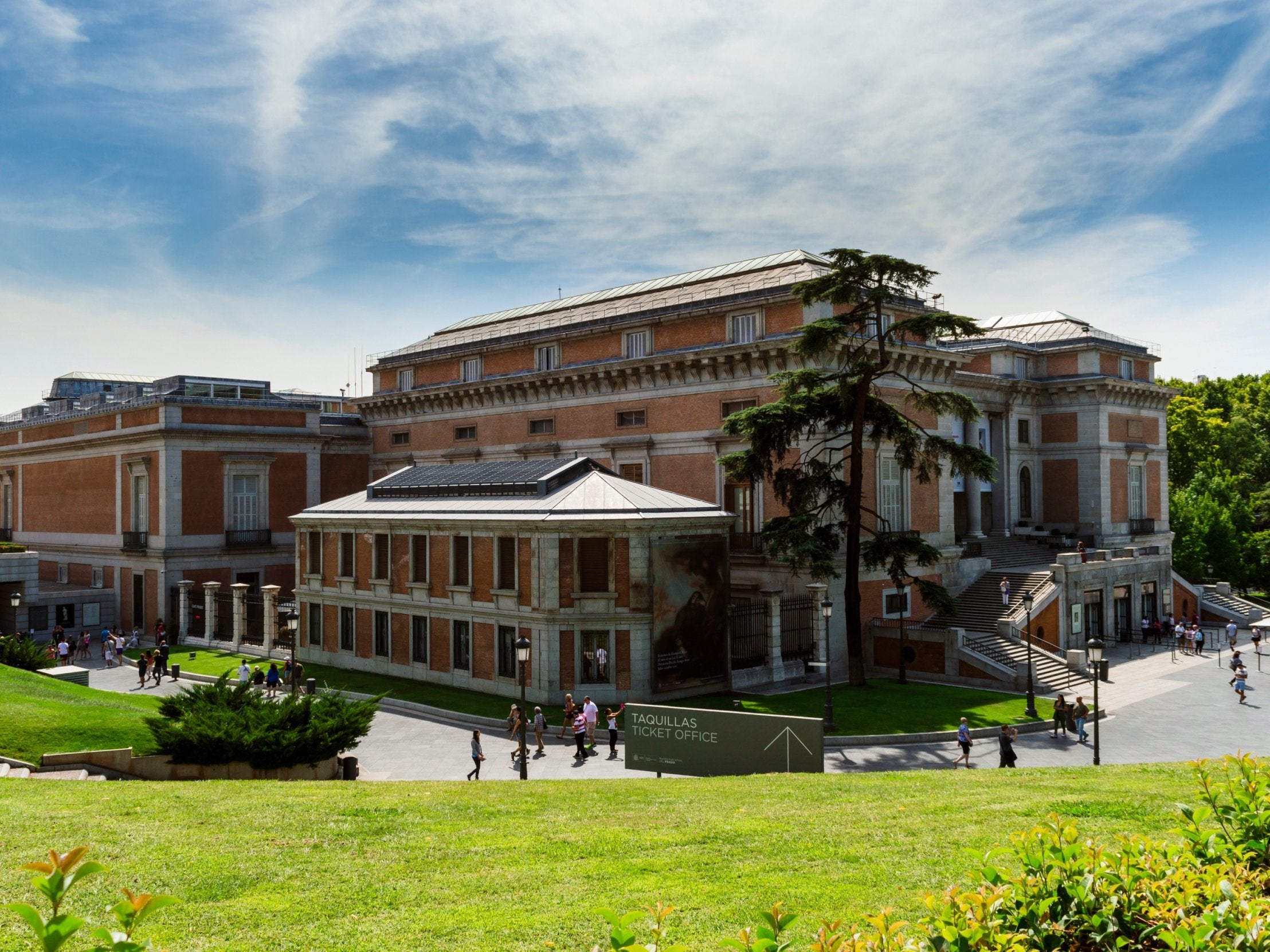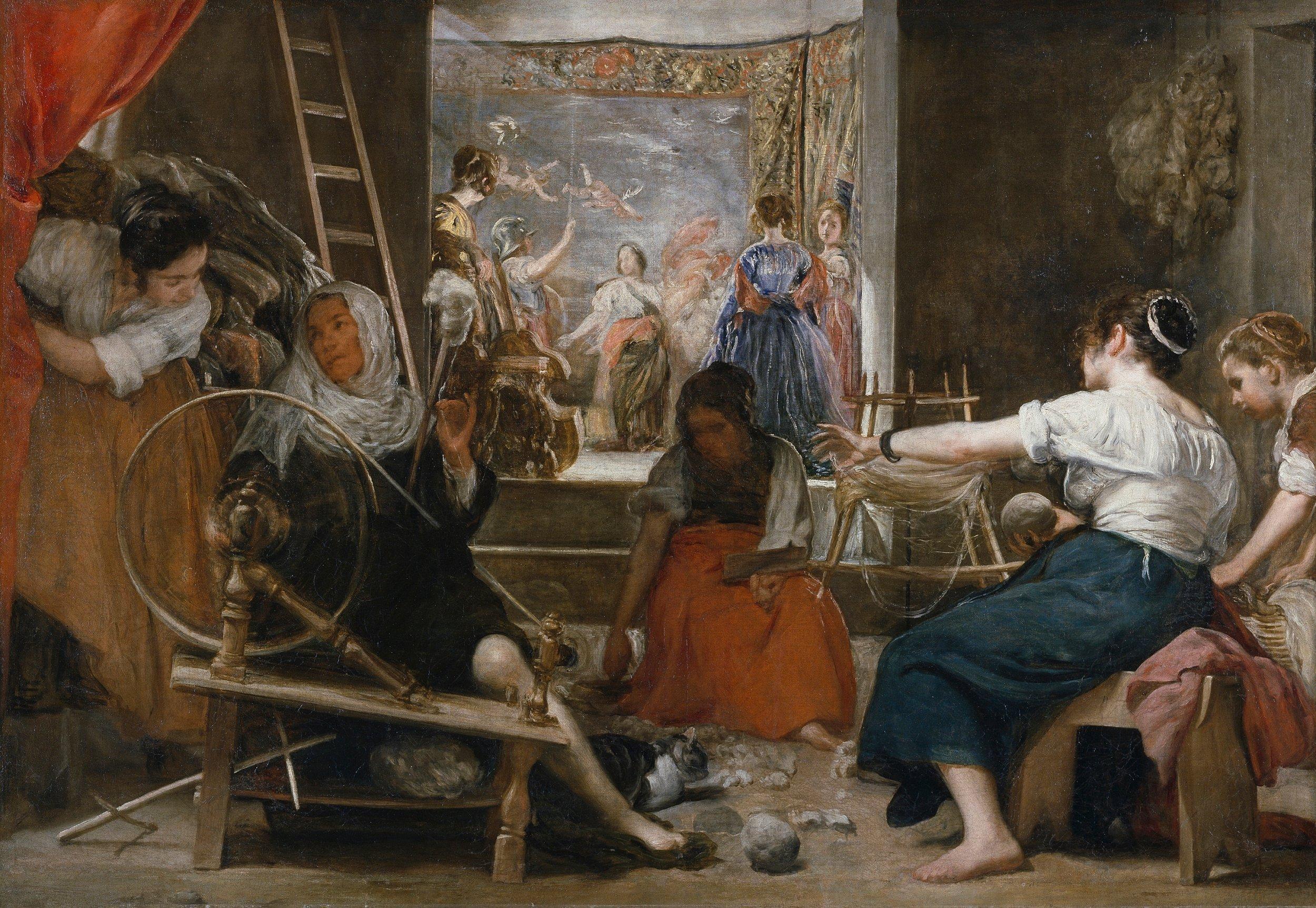The Prado Museum turns 200 with a celebration of Spain’s turbulent past
From imperial powerhouse to civil war, A Place of Memory shows how the cultural jewel navigated the often choppy waters of Spanish politics, says Raphael Minder

Your support helps us to tell the story
From reproductive rights to climate change to Big Tech, The Independent is on the ground when the story is developing. Whether it's investigating the financials of Elon Musk's pro-Trump PAC or producing our latest documentary, 'The A Word', which shines a light on the American women fighting for reproductive rights, we know how important it is to parse out the facts from the messaging.
At such a critical moment in US history, we need reporters on the ground. Your donation allows us to keep sending journalists to speak to both sides of the story.
The Independent is trusted by Americans across the entire political spectrum. And unlike many other quality news outlets, we choose not to lock Americans out of our reporting and analysis with paywalls. We believe quality journalism should be available to everyone, paid for by those who can afford it.
Your support makes all the difference.The Prado was not designed to be one of the world’s great art galleries. But as it celebrates its 200th anniversary this year, Spain’s national museum can boast almost 3 million visitors a year to what has become one of Europe’s finest painting collections.
When King Charles III of Spain commissioned the building in the 1780s, he wanted a museum of natural science to celebrate the spirit of the Enlightenment. But when his ultraconservative grandson, Ferdinand VII, came to the throne three decades later, he put a stop to that. “He wanted to showcase the wealth of his collection rather than make any kind of contribution to scientific progress,” says Javier Portus, curator of an exhibition that celebrates the Prado’s bicentenary.
“The irony is that the Prado opened in a period of clearly regressive thinking in Spain,” he added.
The exhibition, called A Place of Memory and running until 10 March, shows how, right from the beginning, the Prado navigated the often choppy waters of Spanish politics, as the country went from being an imperial power to a nation divided by civil war, and then through dictatorship to the democracy it is today.
The Prado was regularly threatened by domestic turmoil in Spain, particularly during the civil war in the 1930s, when the paintings were removed from the museum and taken to a safe haven in Switzerland.
At other times, upheaval benefited the museum. In the 1830s, to help pay off Spain’s public debt, the country’s monasteries, along with their artwork, were expropriated, and some of those pieces later found their way into the Prado’s collection after it was declared the national museum in the 1870s.
But through two centuries of shifting politics,Prado kept its place as a symbol of Spain’s cultural wealth. “I think the Prado represents the best image of Spain, because it’s a place that has always somehow managed to stay above our political divisions,” says Antonio Muñoz Molina, a writer and member of the Royal Spanish Academy.
The Prado opened during a golden age of museum expansion in Europe. The Louvre was inaugurated in Paris in 1793, the Rijksmuseum in Amsterdam in 1800 and the National Gallery in London in 1824.
But for many visitors, “it’s probably a surprise to hear the Prado is only 200 years old, because we so often think about its great collection from the 16th century,” says Taco Dibbits, director of the Rijksmuseum. Among the treasures from this period are the portraits by Titian and other artists of Hoy Roman Emperor Charles V, whose territory covered almost 1.5 million square miles, including much of western Europe from Flanders, where he was born, to western Spain, where he died. The portraits became part of the Spanish royal collection and eventually landed in the Prado.

Compared with some other national museums, the Prado is “really unique as the collection of an emperor who had the best from the European countries over which Spain once reigned,” Dibbits says. “It’s special in being very international, but on the other hand, in also having a very clear national identity.”
The bicentennial exhibition focuses on some of the many foreign painters who visited the Prado to discover Diego Velazquez and the other great Spanish masters. Those visitors included artists such as Edouard Manet of France and Americans William Merritt Chase and John Singer Sargent. They not only left their names in the visitors’ book but also copied or incorporated into their paintings what they had admired and studied in Madrid.
The show also highlights some of the brightest and most innovative periods for the Prado, including during the Second Republic in the early 1930s, when the Prado played a pivotal part in an educational program to introduce ordinary citizens to culture.
In that drive, a pioneering traveling exhibition took copies of the Prado’s masterworks to 170 towns across Spain, many of them in isolated farming regions. A 1932 photograph in A Place of Memory shows a crowd of rural folk wearing berets and headscarves, viewing a copy of Velazquez’s The Spinners.
“Illiterate people who had never gotten out of their villages suddenly discovered Velazquez and the incredible artistic wealth of Spain,” Portus says during a recent tour of the exhibition. “It’s the kind of pedagogical undertaking that you could now perhaps imagine doing with the internet and social media, but that was unprecedented for a museum on such a scale at that time,” he added.

The next time the Prado’s masterworks went on the road, however, the circumstances were more dire. Shortly after the military coup of July 1936 – instigated by General Franco and some fellow generals against the Republican government – Madrid became one of the main battlegrounds of what eventually extended into a three-year civil war. During one of the air raids on the city in November 1936, nine bombs fell onto the roof of the Prado. (A fragment of one is displayed in the show.)
When the Republican government abandoned Madrid for Valencia and later Barcelona, it took almost 2,000 artworks, including more than 300 of the most important items from the Prado’s collection. Eventually, the works were transported to Geneva for safekeeping.
“Everything divided the two sides who fought the war, except perhaps that everybody agreed about the Prado’s importance,” says Jesus Ruiz Mantilla, a writer and culture journalist. “Once Franco wins, his first worry is to bring back the Prado’s paintings.”
Franco won the war in April 1939, starting a period of dictatorship that ended only with his death in 1975. His regime not only added works to the collection, but also financed two new extensions to the museum’s buildings, as well as replacing the wooden floors with marble.
But Franco did little to promote academic research at the museum, and the Prado’s exhibitions at the time were modest and unadventurous, according to Portus. The regime cared mostly about using the museum’s sumptuous setting to welcome foreign dignitaries during official state visits.
Only a fragment of the museum’s recent history is explained on the walls of the exhibition, however. There is little, for instance, about the building’s architecture and evolving role in Madrid as the city added other great museums such as the Reina Sofia and Thyssen-Bornemisza after Spain’s return to democracy.
Last year, foreigners accounted for almost 60 percent of the Prado’s visitors. But while the museum has become an international tourism magnet for Madrid, Manuel Gutierrez Aragon, a Spanish film director and former board member of the museum, says the institution “continues to contribute a lot to the self-esteem of Spaniards, to our nationalist pomp as a democracy and monarchy, in the best sense”.
He recalled how his perception of the Prado was shaped during his first childhood visit, in the midst of Franco’s dictatorship. “It looked to me like this wonderful set of cartoon images of our great history, full of incredible colors that contrasted with a Spain that was then very gray,” he says.
© New York Times
Join our commenting forum
Join thought-provoking conversations, follow other Independent readers and see their replies
Comments